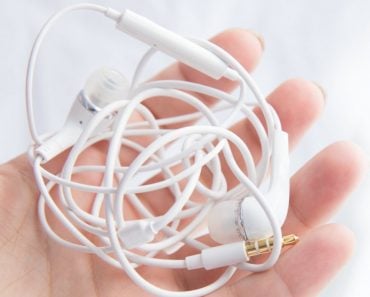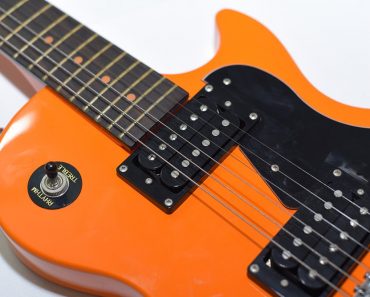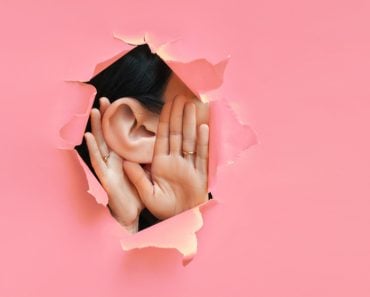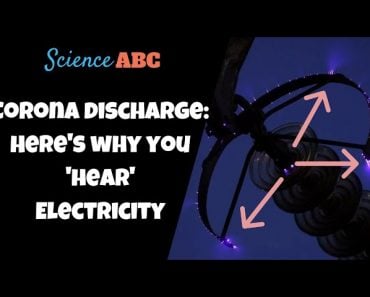Table of Contents (click to expand)
Earphones have a jack that is inserted into your device, and the two wires coil around a plastic cone that is attached to a metal plate. The electromagnet is placed above a permanent magnet, and when the music signal oscillates, the electromagnet oscillates and creates a sound.
In the opinion of Virginia Woolf, “nobody ever said a thing they meant, or ever talked of a feeling they felt, but that was what music was for.” Nietzsche asserted that “without music, life would be a mistake.” Charles Darwin vowed that if he had his “life to live over again,” he would “listen to music at least once every week.”

Today, we still sympathize with Woolf and Nietzsche, and a bit with Darwin. Initially speakers, and now earphones and headphones, allow us to relish music almost constantly, anytime and anywhere. Speakers, one can easily agree, are deplorable in public places (“ughh how uncouth”). The preference in such cases is earphones. Your device houses an orchestra, and earphones funnel the music straight into your ears. A private concert just for you. Ever wonder how a bicephalic or two-headed wire — the savior of introverts — manages to achieve this?
Recommended Video for you:
Just Smaller Speakers
A pair of earphones or headphones (we’ll refer to them as earphones for the rest of the article) is simply two speakers that are placed extremely close to your ears, except that they are incredibly small. In fact, each speaker is so small that it impeccably fills an ear’s outer void. For this reason, they are also – although quite seldom – referred to as ear-speakers.
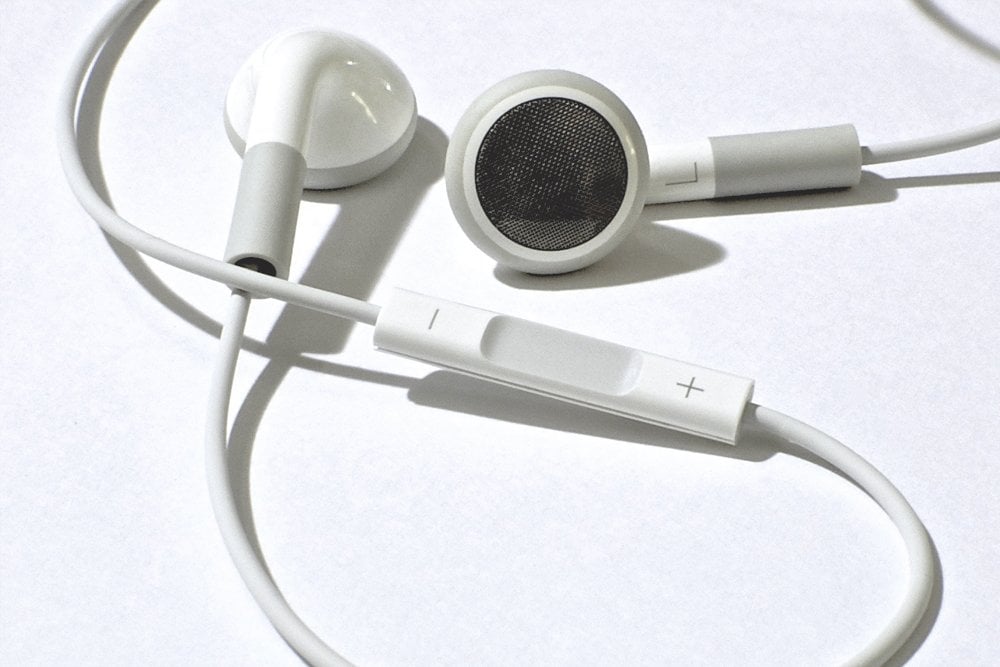
A transducer is a device that converts energy from one form into another. A pair of earphones is composed of two transducers that convert the electrical energy produced by your device into sound energy that our ears perceive as music. Basically, each earphone is just like any other circuit – a conductor drawing current from a battery (source) and providing it to a load (transducer).
The Jack
The conductor is connected to the source with what is called the jack of the earphone. The stout, shiny needle plunged into your device is actually three metal contacts stacked one on top of the other, each separated by a layer of insulation. The tip of the needle is called, well, the tip, the contact in the middle is called the sleeve and the uppermost contact is called the ring. For this reason, the jack is formally called the TRS connector.
The tip forms the contact for the wires that power the left earphone, the sleeve forms the contact for the wires that power the right earphone, and the ring forms the contact for the wires that form the common ground. However, certain jacks are divided into four parts. The fourth contact is found in those earphones that also comprise a microphone. The fourth metal forms the contact for the wires that power the microphone.
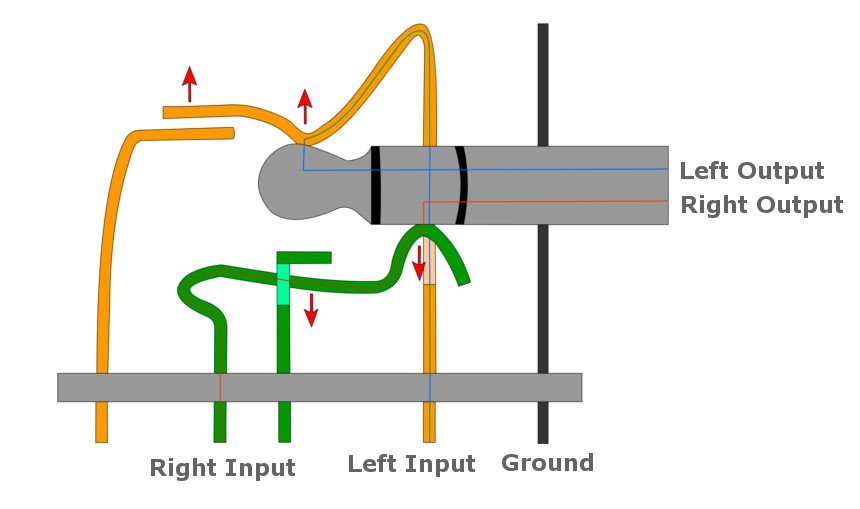
Recall that each earphone is a circuit, and a circuit cannot exist as a single wire emanating from the battery. The circuit cannot be complete unless the conductor returns to the battery. Therefore, each earphone comprises two wires — one that connects the source to the transducer, and another, the ground, that completes the circuit. While in a speaker you’d find the two ground wires to be separate, the grounds in a pair of earphones are entwined into a single wire, the common ground, which is connected to the ring.
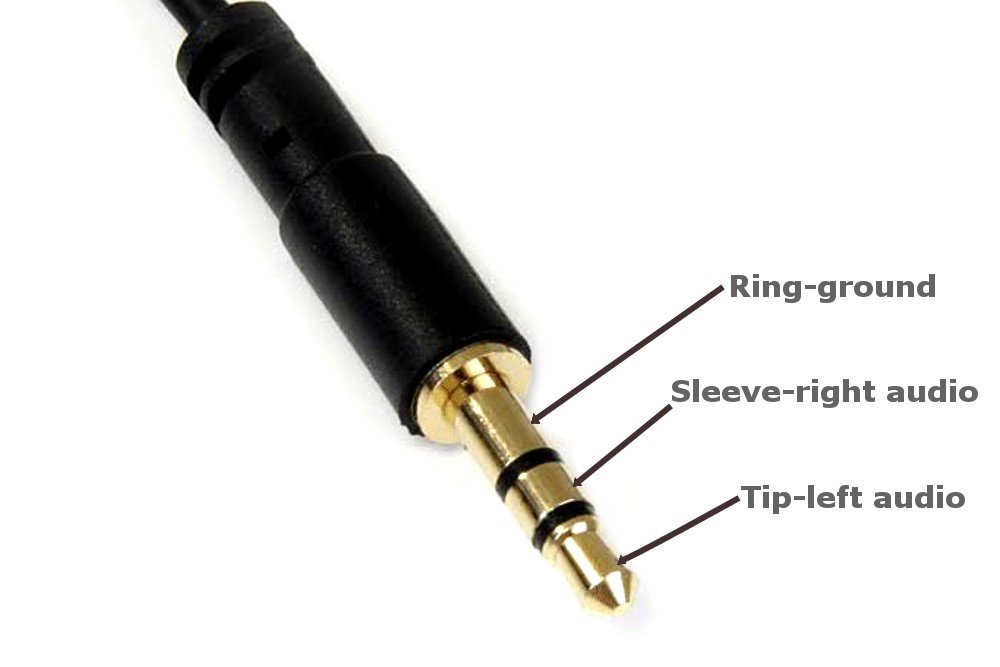
The wires are insulated with a plastic coating that is often adorned with designs to make them aesthetically appealing. The plastic that insulates the jack not only purports to ensure safety, but also to provide a grip to facilitate the insertion and removal of the jack.
The Transducer
If you were to dismantle an earphone, you’d find inside the hemisphere the two wires mentioned above coiled around a plastic cone that is suspended above a circular metallic plate. The plastic cone is called the diaphragm. In the center of the metallic plate, above which the diaphragm hovers, is embedded a permanent magnet. These components collectively form the transducer.
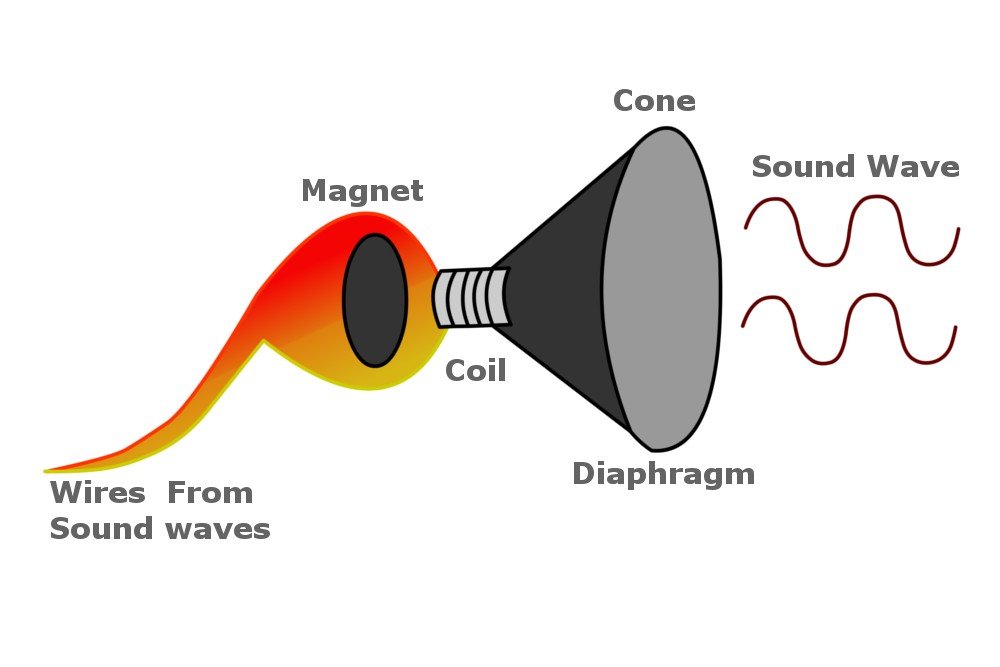
Each conductor coiling around its cone becomes an electromagnet when supplied with current. Music is an oscillatory signal. The strength of the electromagnet vacillates as the signal does. However, remember that the electromagnet is placed above a permanent magnet. The two magnets, due to their conflicting polarities, exert a force on each other. The force causes the diaphragm attached to the coil to move, which causes the air in its vicinity to vibrate. And what is sound but the vibration of air molecules?
The sound exits through a grill that is suffused with holes. The holes are large enough to allow the music to exit, but small enough to prevent dust and earwax from entering the earpiece and damaging the equipment. As it is the grill that is ultimately in contact with the ear, it is ensured that it’s soft and comfortable.
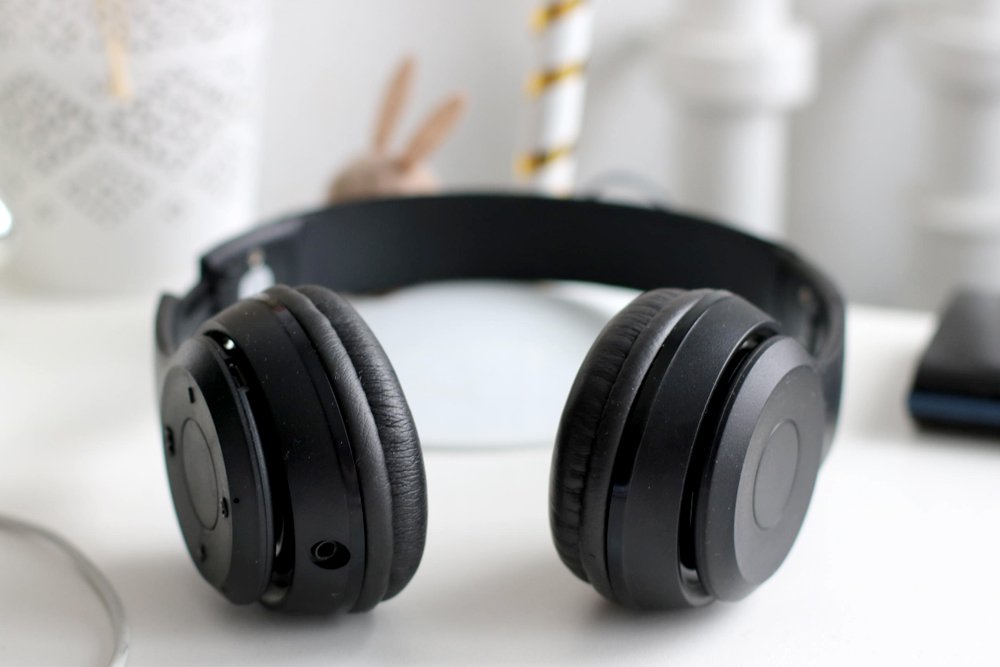
Today, earphones, to insulate the music from the surrounding noise, are endowed with circuits that enable them to actually cancel noise. Their operation is explained in detail here. Also, earphones or headphones are now losing their wires. Wireless pieces entail absolutely none of the unavoidable tangling and untangling that so many people loathe about their earphones. The operation is the same: a moving diaphragm vibrates the surrounding air. The signals to the coil, however, are propagated wirelessly, which it detects with a wireless sensor. Phones today, jumping on Apple’s bandwagon, don’t even have slots for jacks anymore. The future truly is wireless.
Lastly, no one can deny that earphones are a marvelous invention. With the increasing sophistication of audio technology, sound quality is now reaching its zenith. However trite the statement may sound, today it is undoubtedly true – music transports us to another realm. Unfortunately, everything is good only in moderation. Nothing better exemplifies modern, urban solitude than a crowd marching along sternly, each wearing earphones, lost in their own worlds.

Music is stimulating, but, biologically, nothing trumps socializing. Considering how inextricably social human beings as a species are, the transportation is pleasurable, but alienating. A dearth of social stimulation is known to be worse than smoking. However, the effect is pernicious – dangerous but subtle. A more immediate cause of worry is the loss of hearing caused by earphones. High volumes are known to cause hearing impairment and even total deafness. George Eliot believed that “it is always fatal to have music or poetry interrupted.” Surely, readers have suffered the agony of pausing their music and reluctantly removing their earphones when approached. However, it has never been more appropriate to embrace and cherish such a moment. The inclusion of “fatal” in Eliot’s opinion was hyperbolic, but it is certainly true if the music, to her despair, is never interrupted.


